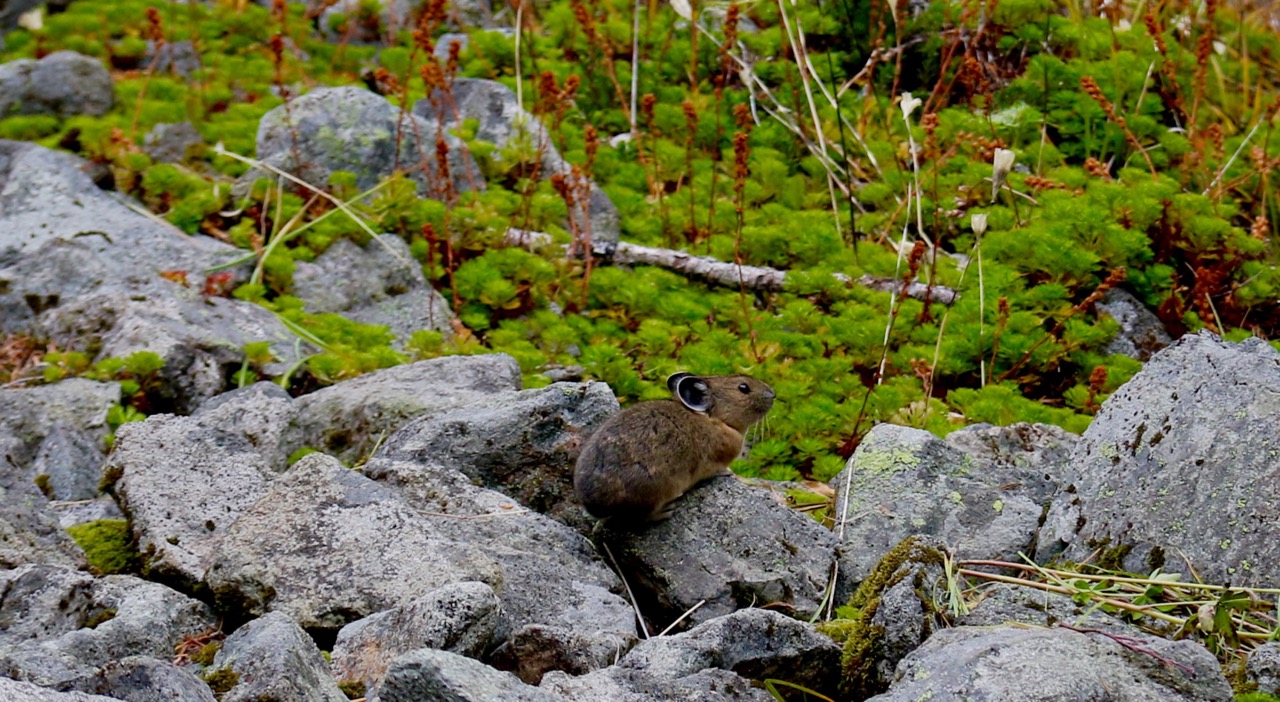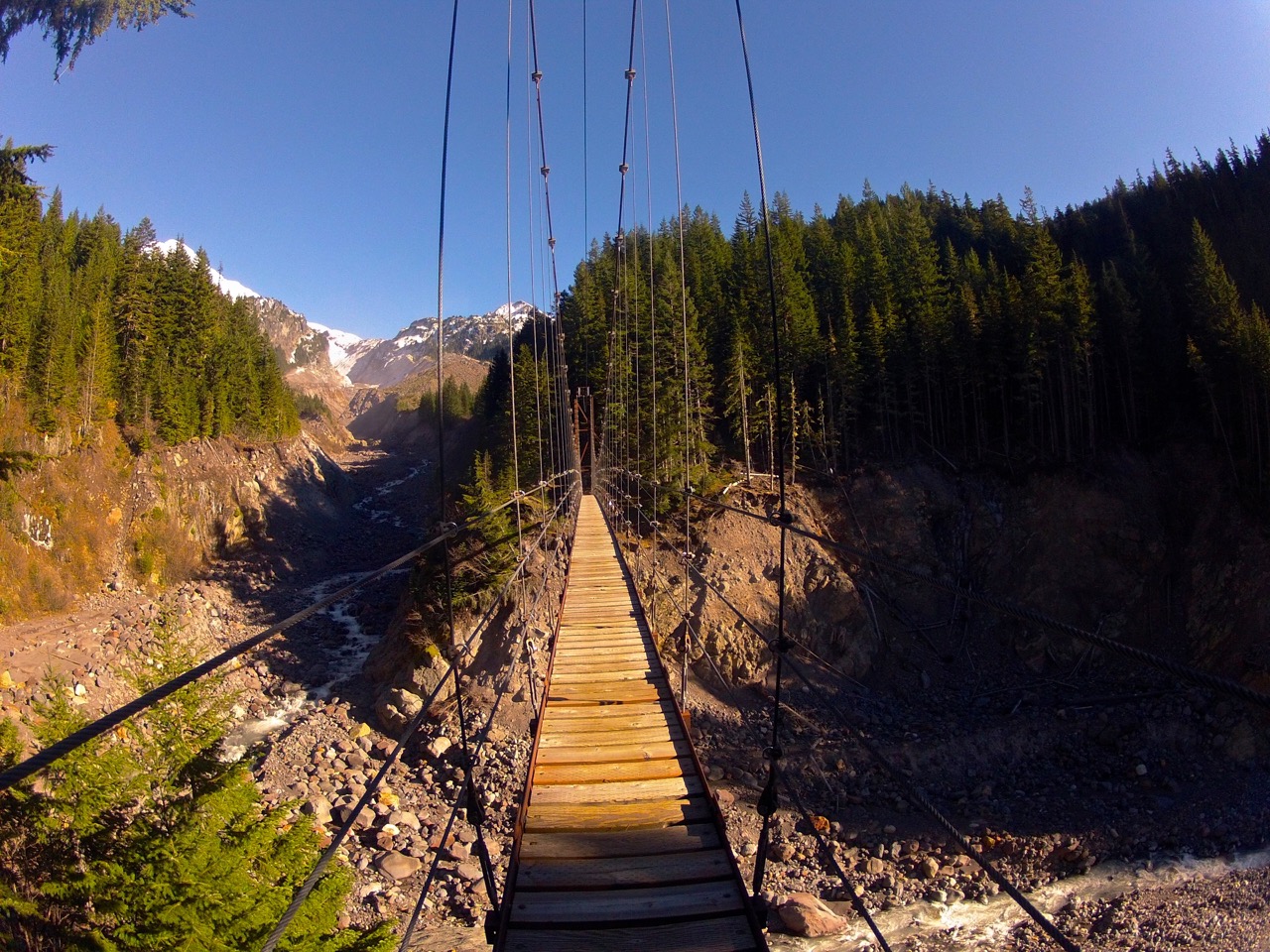Pikas are adorably cute, and nearly everyone who sees these tiny animals is taken aback by their adorableness. The American Pika is one of the toughest animals in the contiguous United States, living high above the tree line, thriving in cold temperatures, small spaces and some of the most unfriendly terrain around. Yet, despite their ability to survive in ridiculous climates, the American Pika is disappearing in the mountains of the west, with sightings becoming less and less common around America and Canada.
For those lucky enough to see these small creatures, Pikas quickly captivate hikers, climbers and mountaineers alike. With a sharp whistle that sounds like someone saying “EEP,” the Pika is a favorite animal for all ages. Related to rabbits, their large ears help them hear approaching predators, including foxes and birds. Pikas also help larger animals like deer, by gathering food in piles for the winter, which deer will raid and eat in the months where food is hard to find.
Pikas, known by some as “Rock Rabbits,” are seeing the impacts of climate change. Weighing only five to six ounces and stretching out up to eight inches in length, pikas are durable in rocky places that see extreme cold. Typically living i the alpine and subalpine regions of the west, pikas avoid heat at all costs, as it can lead to their death. If a pika is exposed to temperatures over 75 degrees for six hours or more, they are likely to die. As temperatures have increased around the world, the habitat for the pikas is shrinking, forcing those still alive to climb higher up the mountains. On top of cold temperatures, Pikas need a heavy snowpack to help provide insulation from the freezing cold temperatures that are at the higher elevations in the winter months.
With temperatures expected to rise around the world 5 degrees in the next fifty years, the pikas habitat is quickly vanishing. Climate change is suspected to be the cause of death for nearly 1/3 of the population of Pikas in Oregon and Nevada, prompting environmental groups to ask for the pika to be listed as an endangered species.
Studied for numerous years by the Department of Fish and Wildlife, the Endangered Species Act Protection for the American Pika was not warranted.
The Service analyzed potential factors that may affect the habitat or range of the American pika including climate change, livestock grazing, invasive plant species and fire suppression. Climate change was identified as the only potential threat to the species.
Pikas are thought by some to be a canary in the coal mine, with their deaths showing the first impacts of climate change fro animal and plant species around the mountains of the west. The denial of listing as an endangered species for the American Pika hasn’t stopped them from dying in the mountains of the west, nor has it stopped environmental groups from researching and trying to figure out a way to protect them.
Led by the National Park Service, the “Pikas in Peril” program, funded through the National Park Service Climate Change Response Program, consists of a large team of academic researchers and National Park Service staff all working together to understand the vulnerability of the American Pika and the impact of climate change on smaller species.
The vanishing of Pikas around the western United States, as proved by the Fish and Wildlife study, is due to a change in the climate. Chances are, the temperatures in high alpine areas will continue to increase and Pikas will become more rare to see.
Hopefully, I am wrong, but the future for these guys doesn’t look good.



